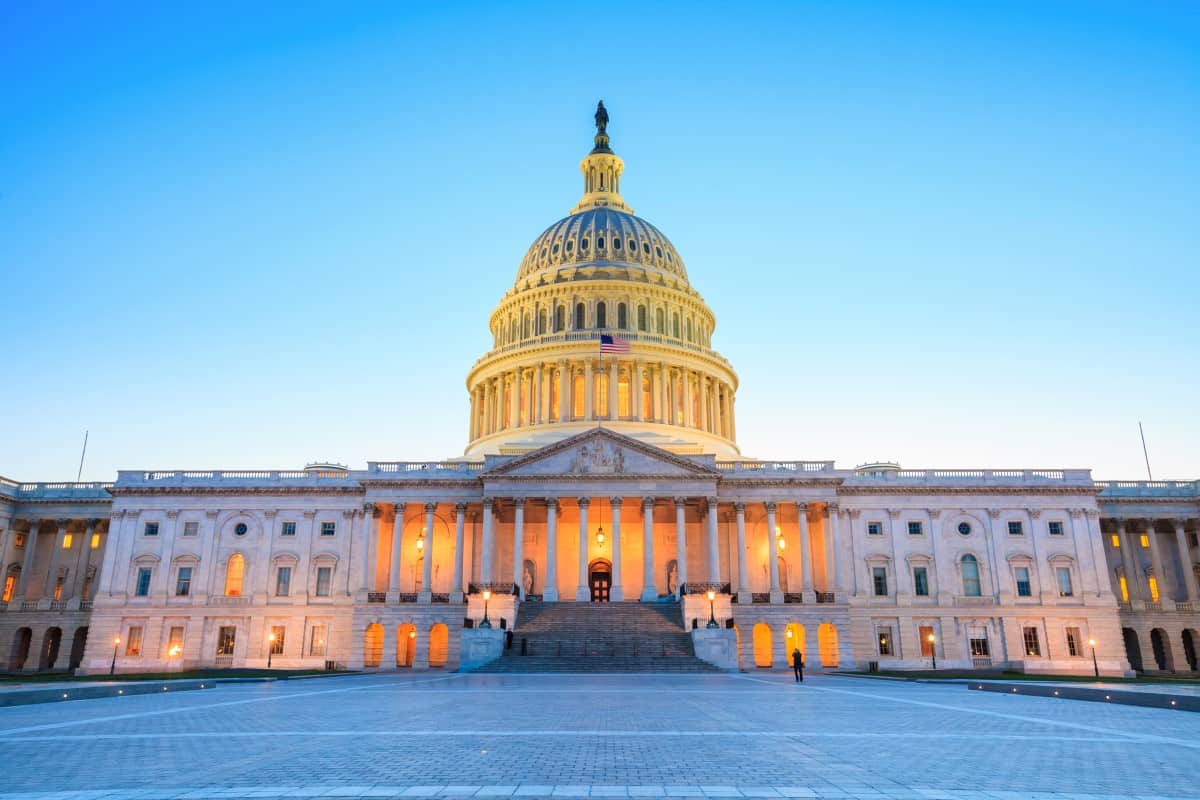Is Tapping Your 401(k) to Delay Social Security Until 70 a Risky Move for Your Retirement?

Choosing when to claim Social Security is a crucial decision for retirees. The two main options are claiming benefits at 62 to conserve retirement savings or using 401(k) funds to delay Social Security until 70.
Both strategies come with pros and cons, depending on your financial needs and long-term goals.
Social Security Bridge Using 401(k)

A strategy for delaying Social Security until full retirement age (FRA) or even till 70 years old under existing rules is known as the “Social Security bridge.”
This phased approach to retirement income involves using your 401(k) or other assets while avoiding Social Security until reaching FRA.
Typically, this bridging strategy involves withdrawing funds from a 401(k) as soon as it is possible without incurring penalties, withdrawing an amount equivalent to what you would receive from Social Security at age 62, the earliest eligible age.
Claiming Social Security at 62

Claiming Social Security benefits at age 62 allows retirees to start receiving income early. This can be advantageous for those who need immediate financial support or wish to reduce their reliance on 401(k) withdrawals. By claiming early, retirees can preserve their 401(k) savings for future needs, potentially benefiting from market growth.
However, taking Social Security at 62 results in a permanent reduction in monthly benefits. The reduction can be significant, potentially decreasing benefits by up to 30% compared to waiting until full retirement age. For those with a longer life expectancy, this could result in substantially lower lifetime benefits.
Delaying Social Security Until 70

Delaying Social Security benefits until age 70 can significantly increase monthly payments. Benefits grow by approximately 8% per year for each year delayed past full retirement age, resulting in much higher monthly income. This strategy can provide more substantial financial security in later years, especially for those expecting a long retirement.
Using 401(k) funds to bridge the gap until age 70 can deplete retirement savings more rapidly. Retirees need to manage their withdrawals carefully to ensure they do not outlive their savings. Additionally, the 401(k) remains subject to market fluctuations, which could impact the amount available for withdrawal.
Age Considerations

The earliest age you can begin receiving Social Security retirement benefits is 62. However, you can start withdrawing from your 401(k) without incurring a tax penalty as early as age 59.5. Additionally, under the rule of 55, you may be eligible to take penalty-free withdrawals from a 401(k) starting at age 55, provided specific conditions are satisfied.
Required Minimum Distributions and Medicare Premiums

A large 401(k) balance can trigger required minimum distributions (RMDs) starting at age 72. These RMDs can significantly increase taxable income, potentially pushing retirees into higher tax brackets and increasing Medicare premiums. Claiming Social Security early while managing RMDs strategically can help mitigate these effects.
Retirees should plan their withdrawals and tax strategies to minimize the impact of RMDs on their overall financial situation. Consulting with a financial advisor can help optimize this process and ensure compliance with IRS regulations.
Evaluating Life Expectancy and Health

Life expectancy and health status are crucial factors in this decision. Those with health issues or shorter life expectancy might benefit more from claiming Social Security early. Conversely, healthier individuals with longer life expectancy could gain more from delaying benefits to maximize monthly payments.
It’s important to consider the financial needs and lifestyle preferences of the retiree. Those who anticipate higher medical expenses or wish to travel early in retirement might prefer the immediate income provided by claiming at 62.
Impact on Spousal Benefits

Spousal benefits are another consideration. Delaying Social Security can increase not only the retiree’s benefits but also the spousal benefits if the higher-earning spouse delays. This can provide greater financial security for the surviving spouse in case of the retiree’s death.
Couples need to coordinate their claiming strategies to optimize the total benefits received. Sometimes, one spouse may claim early while the other delays, balancing the need for immediate income with the goal of maximizing future benefits.
Inheritance Considerations

One significant advantage of preserving 401(k) funds is the ability to leave these assets to heirs. Unlike Social Security, which ceases upon the death of the beneficiary, a 401(k) can be inherited by designated beneficiaries. This can provide a financial legacy for children or other loved ones, making it an important consideration in retirement planning.
Retirees who prioritize leaving an inheritance might prefer using Social Security benefits first and preserving their 401(k) for legacy purposes. Proper estate planning can maximize the benefits passed on to heirs.
Financial Market Conditions

The performance of financial markets can also influence the decision. In strong market conditions, relying on 401(k) savings might be more feasible, as investment growth can offset withdrawals. However, in volatile or declining markets, early Social Security claiming might offer more stability as one can avoid withdrawing from retirement accounts when they are in a bear market.
Tax Implications

Thirty-eight states tax retirement distributions, but only ten states tax Social Security benefits. Depending on where you live, it could have a bearing on which account is used for funding retirement.
401(k) As an Emergency Fund

Leaving 401(k) funds untouched can serve as a crucial emergency fund for unexpected expenses, such as major medical bills, home repairs, or sudden financial needs. This reserve ensures you have a safety net without compromising your immediate cash flow. By preserving your 401(k), you maintain financial flexibility to address unforeseen events, providing peace of mind in retirement.
Social Security Solvency

One significant risk associated with the bridging strategy stems from the ongoing concerns about the long-term viability of Social Security. Given projections that the Social Security Trust Fund may run out of sufficient funds by 2035, many eligible recipients may feel compelled to claim their benefits earlier, before potential reductions take effect.
This concern drives some to tap into Social Security sooner rather than later, despite the financial advantages of delaying benefits to maximize their monthly payouts.
Work With a Financial Advisor

The strategy of using a 401(k) as a bridge to delay claiming Social Security until age 70 is gaining popularity among those with substantial savings in their retirement accounts. Despite this, many retirees remain hesitant to draw from their 401(k) early, viewing it primarily as a long-term investment.
Retirees should assess their risk tolerance and the current economic environment. Consulting with a financial advisor can help tailor a strategy that aligns with personal circumstances and market conditions.
Tailor Your Retirement Planning

As always, there is no one-size-fits-all approach. You could opt for one or the other or even a combination of the two by delaying claiming Social Security till 67 instead of 70.
Deciding whether to claim Social Security at 62 or delay until 70 is a complex decision with significant financial implications. Retirees must weigh immediate income needs against long-term financial security, considering factors like health, life expectancy, RMDs, Medicare premiums, spousal benefits, inheritance goals, and market conditions. Personalized advice from financial professionals can help navigate this decision to optimize retirement outcomes.
Like Financial Freedom Countdown content? Be sure to follow us!
Thinking of Retiring Abroad? Hold on! Avoid These 9 Countries Where Claiming Social Security Isn’t an Option

Dreaming of retiring to picturesque locales? Many Americans yearn for foreign adventures in their golden years. Yet, securing Social Security benefits abroad isn’t guaranteed. Before jetting off, learn which nine countries may disrupt your retirement dreams.
Master the Two Key Numbers for Financial Independence

Dreaming of retirement? It might feel distant, but reaching that magic number in your bank account is key. Yet, standard financial calculators offer generic figures. Unveil the path to financial freedom by focusing on just two vital numbers: retirement expenses and safe withdrawal rate. Let’s explore how to calculate these for your unique lifestyle.
Master the Two Key Numbers for Financial Independence
What SECURE Act 2.0 Means for Your Future Retirement Plan

Three years on from the groundbreaking SECURE Act, which revolutionized America’s retirement landscape for the first time in a decade, the SECURE Act 2.0 sequel legislation aims to widen the gateway to retirement plans and benefits, introducing pivotal changes like automatic enrollment in select workplace pensions, increased catch-up contributions for the seasoned workforce, and extended retirement saving opportunities for part-time employees. Moreover, it promises to bolster individuals’ ability to set aside emergency funds, ensuring swift access in times of need, marking another significant stride toward securing a more financially stable future for all. Here are some of the key provisions.
What SECURE Act 2.0 Means for Your Future Retirement Plan
Retirees Struggle with New Social Security COLA Forecast at Just 2.5% for 2025 Amid Rising Inflation

As we await the official Social Security cost-of-living adjustment (COLA) numbers, the Senior Citizens League (TSCL) has revised its long-term Social Security COLA forecast for 2025 to 2.5%. While this is an increase from the February 2024 forecast of 1.7%, it might not be enough for seniors struggling to keep up with inflation.
Retirees Struggle with New Social Security COLA Forecast at Just 2.5% for 2025 Amid Rising Inflation

Did you find this article helpful? We’d love to hear your thoughts! Leave a comment with the box on the left-hand side of the screen and share your thoughts.
Also, do you want to stay up-to-date on our latest content?
1. Follow us by clicking the [+ Follow] button above,
2. Give the article a Thumbs Up on the top-left side of the screen.
3. And lastly, if you think this information would benefit your friends and family, don’t hesitate to share it with them!

John Dealbreuin came from a third world country to the US with only $1,000 not knowing anyone; guided by an immigrant dream. In 12 years, he achieved his retirement number.
He started Financial Freedom Countdown to help everyone think differently about their financial challenges and live their best lives. John resides in the San Francisco Bay Area enjoying nature trails and weight training.
Here are his recommended tools
Personal Capital: This is a free tool John uses to track his net worth on a regular basis and as a retirement planner. It also alerts him wrt hidden fees and has a budget tracker included.
Platforms like Yieldstreet provide investment options in art, legal, real estate, structured notes, venture capital, etc. They also have fixed-income portfolios spread across multiple asset classes with a single investment with low minimums of $10,000.





